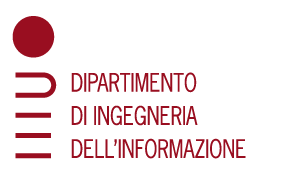Submitted by admin on
Alberto Sangiovanni Vincentelli holds the Edgar L. and Harold H. Buttner Chair of Electrical Engineering and Computer Sciences at the University of California at Berkeley. He has been on the Faculty of the Department since 1976. He obtained an electrical engineering and computer science degree ("Dottore in Ingegneria") summa cum laude from the Politecnico di Milano, Milano, Italy in 1971. In 1980-1981, he spent a year as a Visiting Scientist at the Mathematical Sciences Department of the IBM T.J. Watson Research Center. In 1987, he was Visiting Professor at MIT. He has held a number of visiting professor positions at Italian Universities, including Politecnico di Torino, Universita’ di Roma, La Sapienza, Universita’ di Roma, Tor Vergata, Universita’ di Pavia, Universita’ di Pisa, Scuola di Sant’Anna. He is a member of the Advisory Board of the Lester Center for Innovation of the Haas School of Business and of the Center for Western European Studies and is a member of the Berkeley Roundtable of the International Economy (BRIE). He is Honorary Professor at Politecnico di Torino.
Recently, much attention has been devoted to the process of moving research results towards commercial exploitation in Italy and elsewhere. Interactions with corporations are encouraged via the use of sponsored research. However, successful technology transfer has been difficult at best. Unfortunately, technology transfer is often a synonym for “work for hire” where specific R&D tasks are assigned to Universities. The real goal of the “technology transfer” process should be to favor the adoption of RESEARCH results in corporations, let them be start-ups based on these results or established, profitable companies. In this respect, patience is an important ingredient for success. In the average, the first commercial use in corporations takes more than 15 years for “hardware” and more than 10 years for software. Insisting on a shorter time-line yields either poor results or poor research. I will analyze various models of technology transfer and contrast them with an eye to suggesting actionable initiatives to improve this important process






